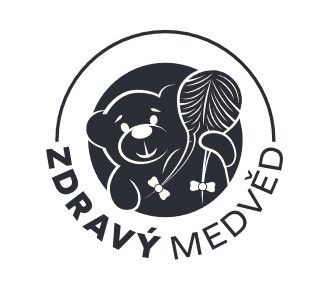Vitamin B5
Synonym: pantothenic acid
Characteristics: Pantothenic acid is widely distributed and is present in almost all plant and animal foods. It is relatively unstable, sensitive to heat, freezing, canning, cooking, acids and alkalis, and significant amounts are lost by milling cereal grains. The gut is exposed to two sources of pantothenic acid: dietary and bacterial. The main function of this water-soluble B vitamin is the synthesis of coenzyme A (CoA), which is essential for the synthesis and degradation of fatty acids and for a number of other anabolic and catabolic processes. B5 has a positive effect on wound healing when it activates fibroblasts (fibrous tissue cells) and accelerates re-epithelialization. Bepanthen is a well-known dermatological preparation containing dexpanthenol, which acts as an emollient, activates the proliferation of fibroblasts, accelerates re-epithelialization during wound healing, has anti-inflammatory activity against ultraviolet radiation, reduces skin redness and reduces itching.
Absorption: About 85% of the vitamins in food is in a form that is converted into pantothenic acid by digestive enzymes in the intestinal cells. Between 40‒63% of pantothenic acid is bioavailable from the digestive tract, but it decreases to 10% if doses 10 times higher than the recommended daily intake are taken.
Dietary supplements: Pantothenic acid is available in dietary supplements alone, in combination with other B-complex vitamins, and in some multivitamin/multimineral preparations. Commonly used is pantothenol (or panthenol), a storage-stable analog that is converted to pantothenic acid after consumption. The calcium pantothenate salt is used in manufacturing because it is more resistant than pantothenic acid to factors that impair stability (such as acid, alkali, or heat). The amount of pantothenic acid in dietary supplements can be as high as 1,000 mg (200 times the Adequate Intake Level for adults) without any evidence that such a large amount has any benefit. Some supplements contain pantethine. As a dietary supplement, pantothenic acid is not the same as pantethine, which consists of two molecules of pantothenic acid. Pantethine, sold as a supplement in high doses (600 mg), may be effective in lowering blood levels of LDL cholesterol, a risk factor for cardiovascular disease. But its long-term effects are unknown, requiring its use to be under the supervision of a physician. Dietary supplementation with pantothenic acid does not have the same effect on LDL.
Natural sources: The richest sources include beef and chicken, offal, whole grains, and some vegetables. Pantothenic acid is added to a variety of foods, including some breakfast cereals and energy drinks. Unfortunately, food processing can cause significant (20‒80%) losses.
Effect: Due to pantothenic acid's role in triglyceride synthesis and lipoprotein metabolism, experts hypothesize that B5 supplementation may lower lipid levels in patients with hyperlipidemia.
Deficiency: Since some amount of pantothenic acid is present in almost all foods, deficiency is rare except in severely malnourished people. Deficiency is associated with numbness and burning in the hands and feet, headache, fatigue, irritability, restlessness, sleep disorders, and gastrointestinal disturbances with anorexia.
Recommended daily dose: adult: 5 mg for men, 5 mg for women (6 mg during pregnancy, 7 mg during breastfeeding).
Side effects: tolerated well
Interactions: When using contraception, it is recommended to increase the intake of B5.
Pregnancy: safe in usual doses.
Breastfeeding: safe in usual doses.
Toxicity: There are no reports of pantothenic acid toxicity in humans. Mild diarrhea and gastrointestinal distress have been observed in some individuals taking large doses of pantothenic acid (e.g., 10 g/day).
Vitamin B5
Chat with us on WhatsApp



